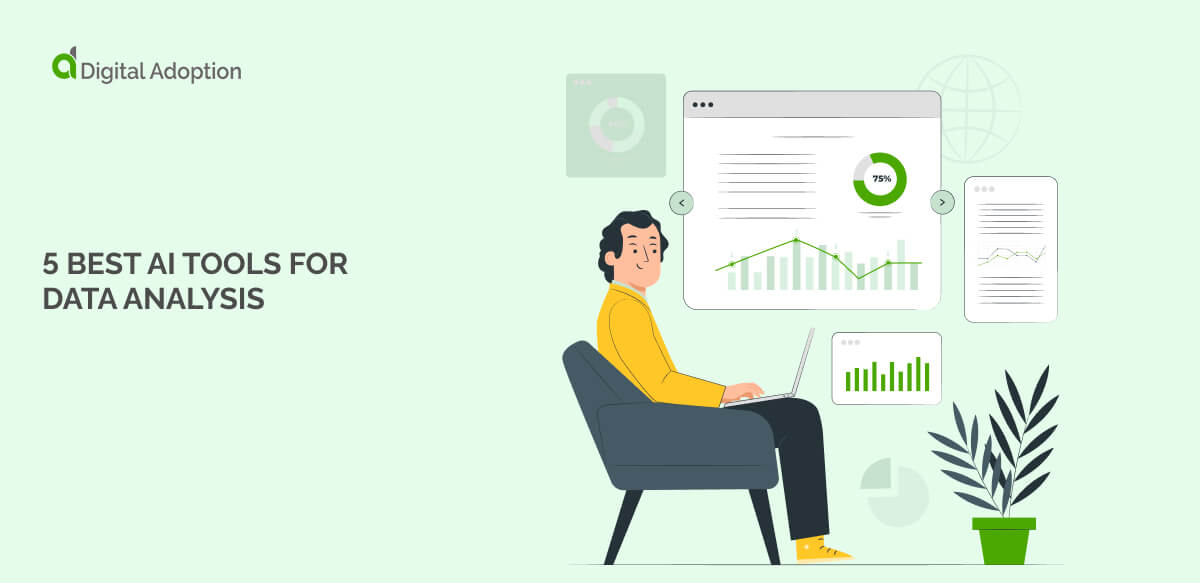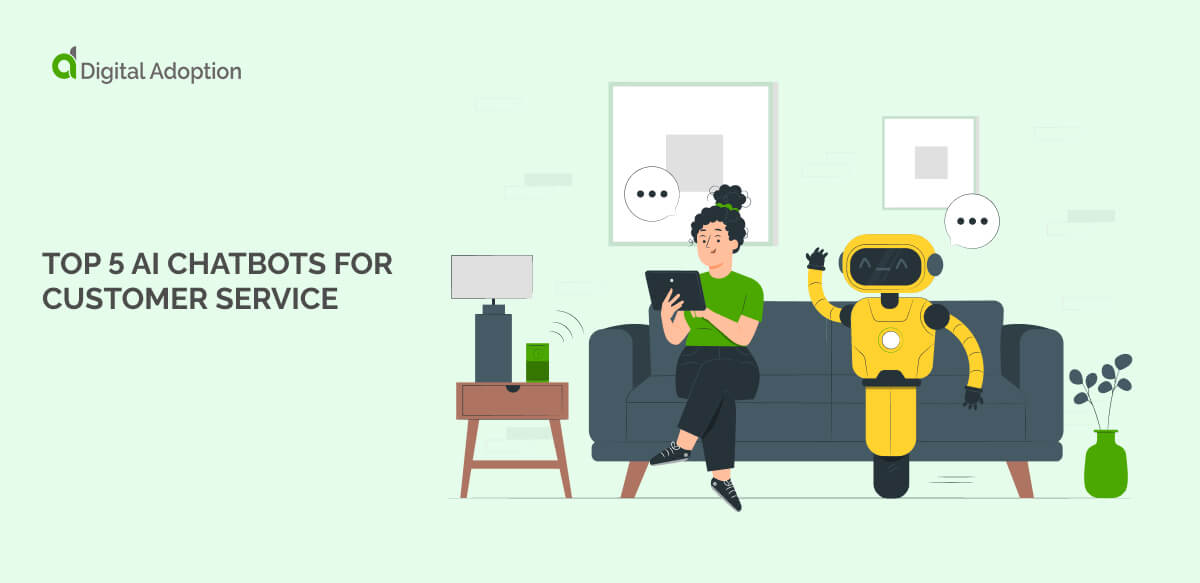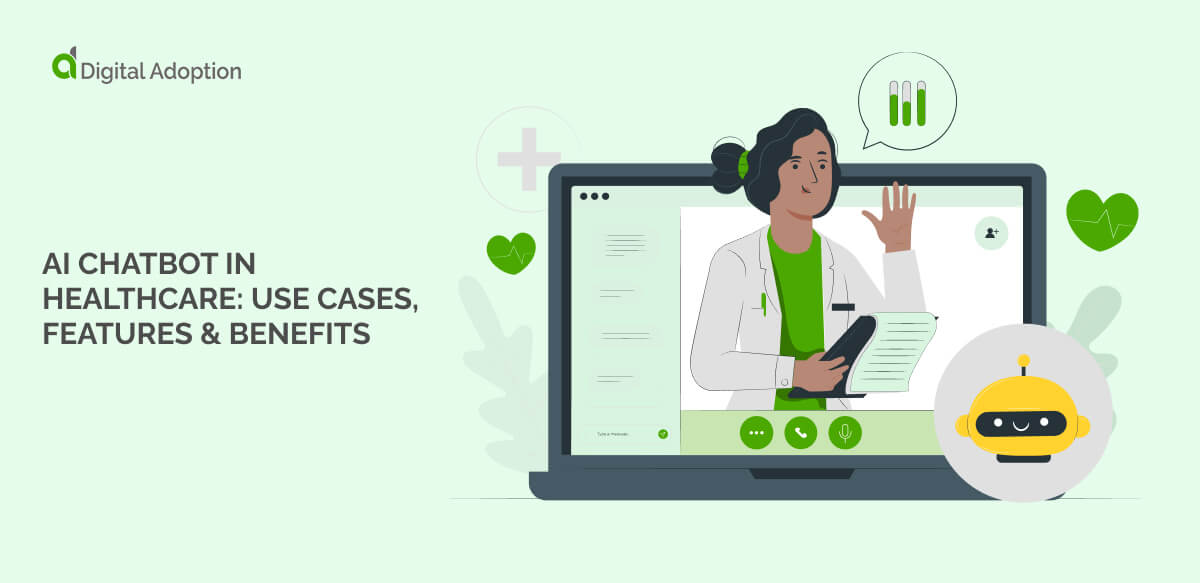The biggest threat to your organization’s digital transformation could well be employee resistance to change.
Resistance is the outcome of many other reactions to change, such as:
- Fear
- Uncertainty
- Irritation
- Confusion
For an enterprise to give itself the best shot at digital transformation, it needs to produce the opposite outcome — and associated feelings — in its workforce.
So what is the opposite of resistance to change (in a digital context)? Digital dexterity.
And what is digital dexterity? We’re going to explore this important term in this article and provide some guidance on why and how to bring it into your organization.
What is digital dexterity?
Digital dexterity is “the desire and ability of employees to embrace existing and emerging technologies to achieve better business outcomes.”
It’s the desire and ability to embrace digital change, which is a constant in our heavily tech-influenced business world.
What is digital dexterity in an organizational context? Well, like resistance to change, it impacts the business on both an individual employee level and the organization as a whole.
What you want is an organization-wide, digitally-forward mindset. But this cannot be achieved without digital dexterity being present in each and every one of your employees.
Digital dexterity is not just a matter of skills; it requires an attitude change as well as process changes.
We like this tweet about digital transformation from CTO Peter Salvitti:
We like it because it alludes to digital dexterity really well. Systems, cultural, and political, even hierarchical change, is required to bring about digital transformation successfully in large enterprises.
Dexterity is the quality that allows these changes to happen, fluidly, rapidly, and effectively.
It describes the agility, nimbleness, skilfulness, and effortlessness required to become a truly digitally-forward business.
Why and who should champion digital dexterity within your enterprise
So it’s important that digital dexterity permeates the workforce at your enterprise. But whose responsibility is it to introduce — HR or IT?
Leading Digital Adoption Platform provider WalkMe believes HR should spearhead initiatives to develop digital dexterity, but that it’s not their responsibility alone.
“While HR leaders are in the best position to plant the seed for developing an organization-wide competency around digital dexterity, individual business units must make these efforts come to life.”
What is digital dexterity? It’s 100% worth everybody’s time and effort.
Gartner advocates the importance of digital dexterity and lists the following as key reasons:
- Digital in every job is increasing
- The pace of new technology is increasing
- Digital business cycles are accelerating
- The nature of work is changing rapidly
Digital dexterity has rapidly become the must-have quality of modern day enterprises because technology is developing at such an incredible pace that advanced tools are finding their way into our workplaces.
More and more of the employee daily workload is performed using digital systems. And robust modern business strategies are reliant on digital capabilities. All in all, digital dexterity has become an essential.
4 tips for making your organization more digitally dextrous
1. Put digital dexterity on your agenda
Whether you’re in HR or IT, or some other business function, the key to bringing digital dexterity into your enterprise is to put in on your agenda. The more people that do this, the easier it becomes to permeate the entire workforce.
Make championing digital dexterity a part of your role. Give yourself time and resources to develop a strategic plan for the spread of it around you.
You should consider yourself a walking representation of what digital dexterity needs to look like in an employee. Embrace and champion the latest technological innovations, facilitate training, and motivate others to take responsibility for their own digital dexterity.
2. Use your team as a microcosm
A digitally-forward attitude and capability is something that must be present throughout the enterprise but to get the ball rolling, use your team as a microcosm.
Model this digitally-receptive state within your own team and then you can monitor each step of the process, document it, make changes, and prepare for organization-wide roll out.
3. Influence and partner with others
Once your own team becomes digitally dextrous, you can share how you achieved it with other decision-makers and key stakeholders.
You may not have been the only digital dexterity champion within your organization. Identifying others can help you to spread the shared digital vision to the entire company.
4. Embed digital dexterity within company culture
What is digital dexterity? Well, by this time it’s no longer an ideal. It becomes “the way we do things”, part of your company values.
Rapid digital adoption must always be the ultimate goal. The only way to achieve it is to create and maintain a digitally dextrous organizational culture. In doing so, you facilitate the path to digital transformation and secure your future.







![4 Best AI Chatbots for eCommerce [2025]](https://www.digital-adoption.com/wp-content/uploads/2025/03/4-Best-AI-Chatbots-for-eCommerce-2025-img-300x146.jpg)





